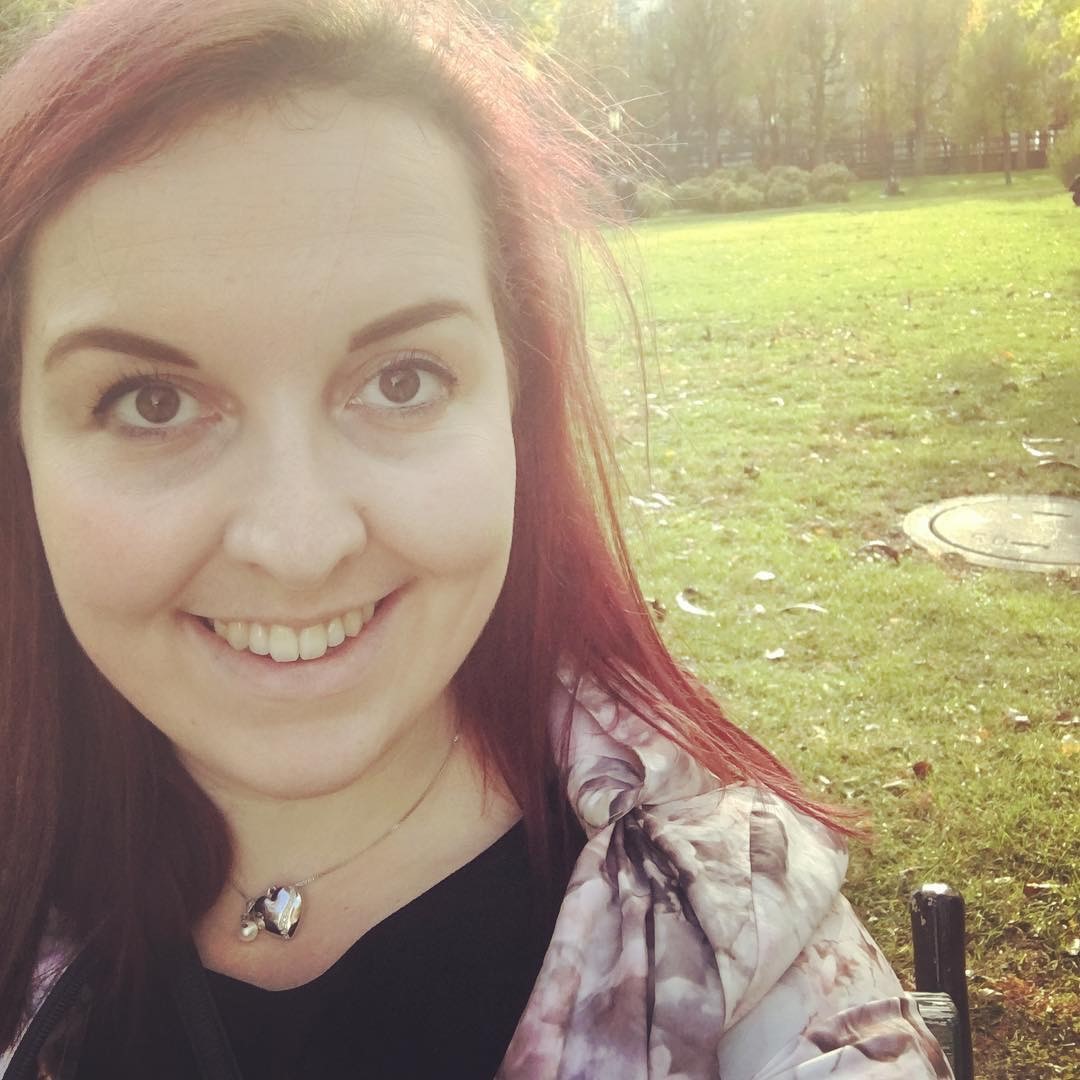My name is Jen and I’m a trainee Medical Physicist in the Radiotherapy Department at St. James’ Hospital in Leeds. I’m currently training to become a qualified Clinical Scientist in Radiotherapy Physics as part of the national Scientist Training Programme.
Before I go into too much detail about my current role, I’ll just give you a bit of background about my journey to working in science. When I was very young, I loved everything about science, specifically biology – I was fascinated by birds, snakes, dinosaurs… you name it, I wanted to learn about it! Towards the end of primary school, I started to become interested by astronomy and cosmology and as a result, my dad and I used to take a telescope to the nearby park and identify all the constellations and planets we could see. Throughout secondary school my interest in physics grew, and it wasn’t long before I set my goal to study physics at university.
Initially, I wanted to do a Physics and Astronomy degree, and I did a couple of modules on this throughout university including a project in cosmology. However, in the final year of my degree I had started to think about what I wanted to do as a career. After actually studying astronomy, I realised that it wasn’t necessarily something that I wanted to pursue as a career: it was very research focused and I realised I wanted to do something more hands-on.
So, I turned my sights towards the potential careers I could delve into. Despite knowing I wanted to work in physics since a reasonably young age, I had no idea what sort of careers a physics degree could be used for. This wasn’t helped by advice I’d been given over the years about jobs for women in physics (one of which included a teacher telling me that a woman doing physics would typically go into a career as a ‘weather girl’…) To help me decide, I attended a women in STEM conference hosted by Oxford University, where they highlighted all the different careers available to me. One career that especially caught my eye was Medical Physics; the idea that you could use physics to help provide people with healthcare really enticed me.
So now I’m due to finish my training in Medical Physics this September, where I will become a HCPC registered Clinical Scientist in Radiotherapy Physics. Now, ‘Clinical Scientist’ is probably a term you haven’t come across particularly often, but there are many of us working in the background in hospitals, aiding patient’s diagnoses or figuring out the best treatments to give patients.
As part of the programme, we train to become competent in the many areas a Radiotherapy Physicist would routinely work in. In addition to the workplace training, we also undertake a part-time MSc, which includes a research project. Research is a large area of a Radiotherapy Physicist’s role and at the moment, I am finishing off my research project which investigated the variation in cervical cancer radiotherapy treatments across the UK.
A typical day for a Radiotherapy Physicist would involve inspecting clinical treatment plans that have been produced and making sure that they are safe to be delivered, in addition to performing tests on the linear accelerators (or LINACs for short) and ensuring they are safe for use. Sometimes, we are also involved in direct patient care, usually where we attach small detectors to the patient and measure the radiation dose they receive to ensure they are treated safely. We also make sure that we treat the patient’s cancer without delivering lots of radiation to the patient’s healthy organs.
Every day is very varied, and for anyone choosing to study physics in school now, I’d recommend researching a career in healthcare; it’s rewarding … We always hear a lot of things in the news about ground-breaking research in cancer treatments; some of these actually do come from Clinical Scientists in Radiotherapy!


